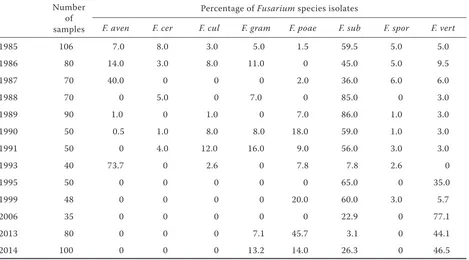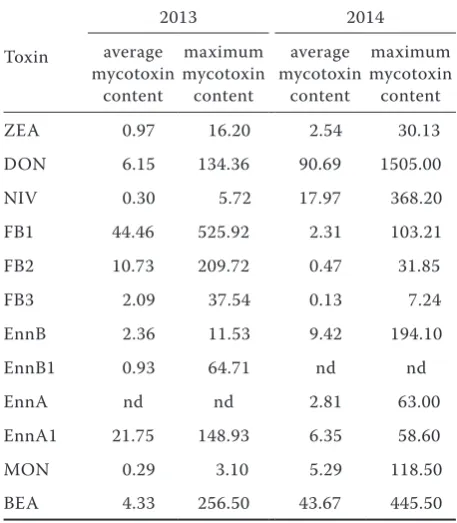Mycotoxins and related Fusarium species in preharvest maize ear rot in Poland
Full text
Figure



Related documents
Background: Correlations among the aqueous flare value (an indicator of inflammation), functional-morphologic parameters, and aqueous humor levels of growth factors/receptors
Saliva samples with a greater number of semen gene reads had the same barcode as a semen sample analyzed on the same flow cell in a previous run.. Likewise, blood samples that had
Chapter E - Descriptive Statistics - Structural Model Results Chapter F - Discussion of the Descriptive Statistics - Discussion of the Structural Model Results Chapter G - Summary
Strategic Level Operational Level Business Goal Definition Definition of strategic KPIs Business Analysis Process Design & KPI Definition Process Performance Planning Plan
Finally for tools that can deal with Exclusive-Or and Diffie-Hellman, we construct two families of protocols P xor i and P dh i , in order to evaluate the impact of the number
I suppose that teachers, or departments are never guaranteed if students will make use of what they have gotten over their secondary education, this may never be used by them but
As a result of the research, a CEO’s Guide to Super Bowl Spending has been created to help a company determine whether or not they should invest in a Super Bowl spot.. The term
Likewise at the LWD site, static chambers and soil moisture and temperature probes (also at 20cm depth) were deployed in both the crop field and riparian zone.. To